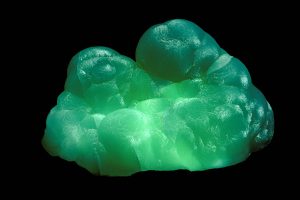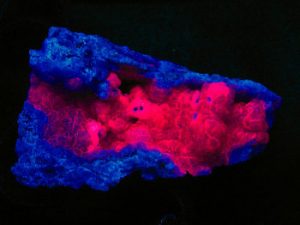Purls of Wisdom: The Geometry and Topology of Weavables, Wearables and Wallpaper – Elisabetta Matsumoto
Tag: growth pattern
Research and first results of developing a Mycelium textile named MycoTEX
“Mycelium is the network of all the threads of a fungus, also called the root of the mushroom. The insulating and moisture-absorbing properties of mycelium are very good. A lot of textiles are lacking these. Mycelium is only used in solid state, hence the combination with textiles, with the best of both materials being used, a kind of Mycelium textile or mycoTEX.“
Source: Mycelium textile |
Source: Greenfield.pdf
Gary R. Greenfield
Department of Mathematics & Computer Science University of Richmond
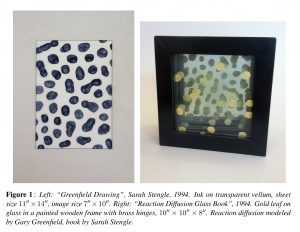
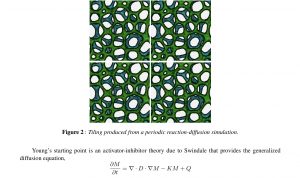
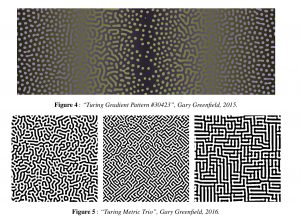
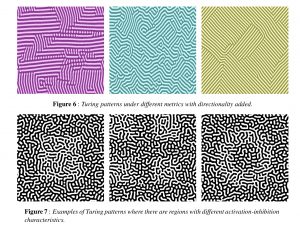

Smithsonite, or zinc spar, is zinc carbonate (ZnCO3), a mineral ore of zinc. Historically, smithsonite was identified with hemimorphite before it was realised that they were two distinct minerals. The two minerals are very similar in appearance and the term calamine has been used for both, leading to some confusion. The distinct mineral smithsonite was named in 1832 by François Sulpice Beudant in honor of English chemist and mineralogist James Smithson (c.1765–1829), whose bequest established the Smithsonian Institution and who first identified the mineral in 1802.
Smithsonite is a variably colored trigonal mineral which only rarely is found in well formed crystals. The typical habit is as earthy botryoidal masses. It has a Mohs hardness of 4.5 and a specific gravity of 4.4 to 4.5.
Smithsonite occurs as a secondary mineral in the weathering or oxidation zone of zinc-bearing ore deposits. It sometimes occurs as replacement bodies in carbonate rocks and as such may constitute zinc ore. It commonly occurs in association with hemimorphite, willemite, hydrozincite, cerussite, malachite, azurite, aurichalcite and anglesite. It forms two limited solid solution series, with substitution of manganese leading to rhodochrosite, and with iron, leading to siderite.[3]
UV Type Main color Intensity Observation Frequency
Long Waves (365nm): Yellowish White
Short Waves (254 nm): Red
Other colors LW: White
Other colors SW: Red , Violet red , Green , Blue , Violet
“Jonathan McCabe is a generative artist living in Canberra, Australia. He is particularly interested in theories of natural pattern formation and their application to computer art and design.
His main site on the internet is Flickr where he uploads the results of his experiments in computer art.”
Amazing use of Turing’s reaction-diffusion equations.

